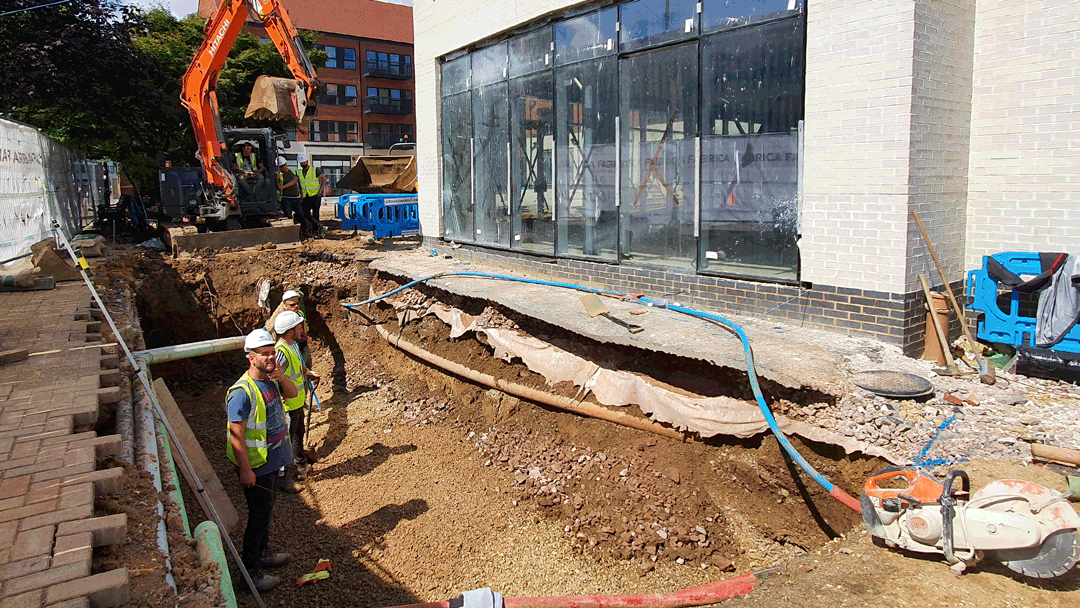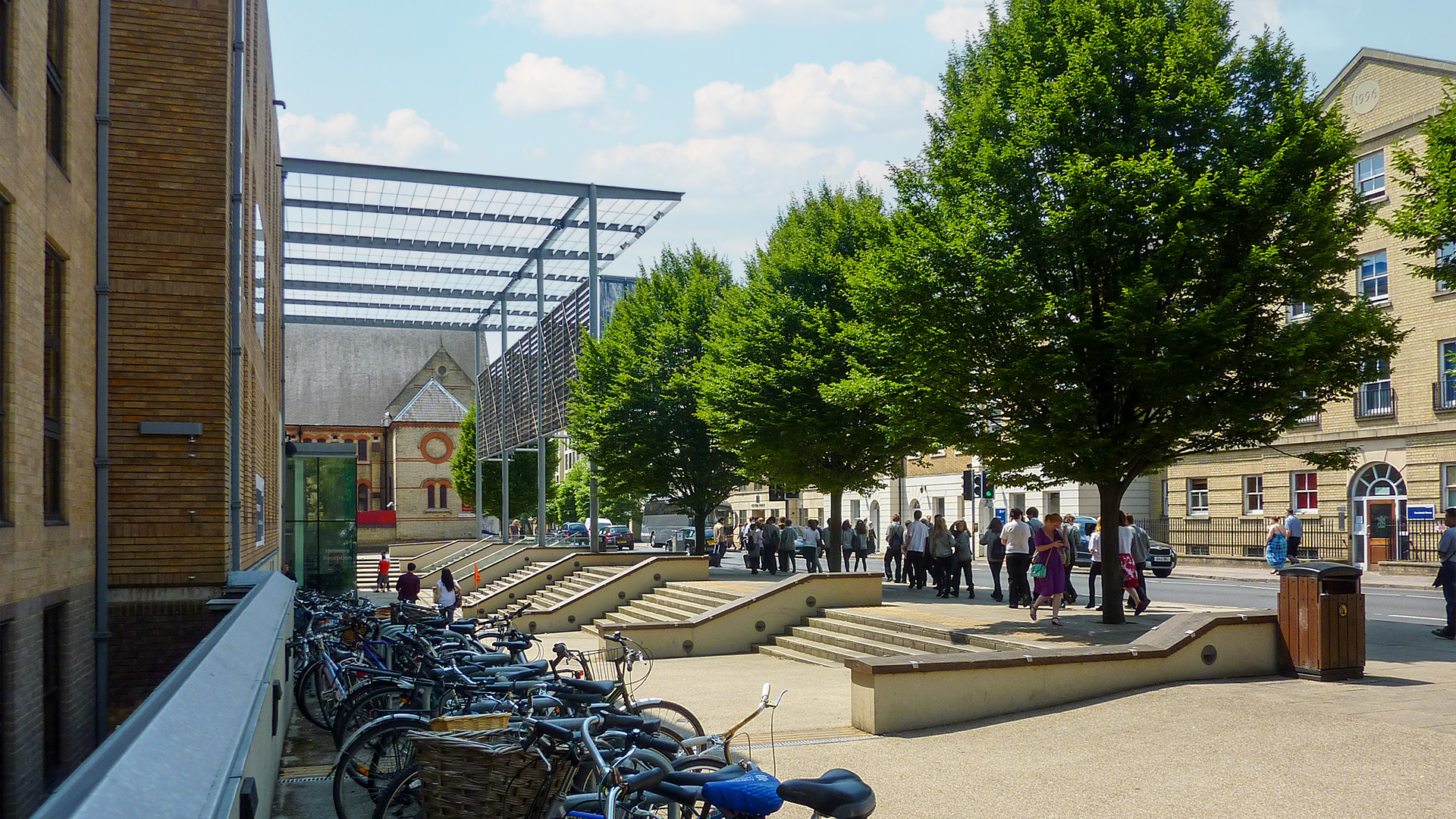How many of us have said “If only I could turn the clock back” at some point in our lives? Most of us, we guess, and this is often because, over time, we become aware of things that if we knew then, what we know now, would have done things differently. This is typical human experience and proof of our ability to learn. But what if we don’t understand – just continue to repeat failing practices that continue to disappoint?
As an intelligent race, we know both how to preserve our environment, and how to spoil it, and are aware of the consequences of both. In many ways, the heightened concerns as to our environment have changed the way we live; increased interest in organically sourced food, using sustainable transport and renewable power supplies are all options that many are choosing to embrace.
But we are still missing opportunities to become more sustainable and resilient to the changes we are experiencing.
Alas, even with the best efforts of planners and designers, many of our developments are still considering green infrastructure to be something added once the design is complete, and in some cases, nothing less than a nuisance. But we cannot let this continue.

With over 30 years of experience in green infrastructure, GreenBlue Urban views anything less than fully integrated design as irresponsible laziness. The landscape profession is keen to be involved with designs as early as possible, as it is only at this point that policies can be embedded to make sure that residents and users of these developments can co-exist with the climatic changes that we are already experiencing, and this co-existence continues for at least the life of the development.
In London, 80% of the public realm is streets. Whilst this figure is higher than in some other towns and cities, this proportion is a constraint to creating liveable healthy urban spaces.
We need to think creatively if we are to adapt our places and spaces to cope with our changes, not only in climate but also in our population and lifestyles.
Sustainable Urban Drainage – SuDS
Car parks offer great possibilities for urban greening. Whilst many local planning authorities have great policies encouraging tree canopy cover in these largely impermeable areas, there is little legal clout to enforce long-term tree protection. This needs to change, and all car parks should incorporate sustainable drainage features too, as this will help with our drainage issues. In extreme rainfall events, the total volume of runoff from a developed site is typically between 2 and 10 times the runoff volume from the same site in a greenfield state.

Utilities
Nearly every project that GreenBlue Urban is involved with has below-ground constraints. Utility clashes are one of the leading reasons for the reduction in tree planting, but this is usually unnecessary. Correct specification and planting implementation avoids these issues, and collaboration with highway authorities and utility companies usually results in a good compromise. The use of load-bearing RootSpace soil cells retains the soil in an uncompacted and aerobic condition, ideal for fast tree establishment, guaranteeing a healthy return on planting investment. The only cell fully manufactured in the UK from 100% recycled material, this highly innovative solution allows for tree planting in the most congested of circumstances.
But it’s not just about trees; we need to be thinking wider and further. In a recent study, it has been shown that up to 55% of a storm event will run off an impermeable urban area, over against 10% in a natural ground cover one. It is this missing green element which is leading to many of our urban flooding issues and exacerbates the combined sewer overflow problems.
So, we need to think about green on every plane. Green walls and facades, green roofs, urban trees, and green SuDS elements.

Green roofs and walls
Many cities in Germany have had green roofs installed on all new buildings as a mandatory matter, which has led to a huge reduction in urban runoff and has been subsidised by up to 60% by local authorities for retrofit. In Basel, Switzerland, laws have been passed making it law that all new or refurbished flat roofs must be fitted with green planting, partly to help reduce run-off, but also to reduce temperatures as part of an energy-saving policy.
This is common sense and needs to be done across the continent. Green facades, using climbing plants growing into natural soil can bring huge benefits. These systems, such as the GreenBlue Urban Verdecade solution can enhance even the most dense developments and should be insisted on for at least all south-facing walls. This can give substantial indoor temperature reductions, as well as many other ecosystem services.
Grey Water
Another huge, missed opportunity is the use of grey water for non-potable use. Many developments have large attenuation or storage tanks for rainwater, which is discharged into the drainage network at an agreed discharge rate and often still ends up at the wastewater treatment plant. At the same time, 30% of our potable water supply is used to flush our toilets. This is not sustainable long term – parts of the UK have recently incurred less rain per head than some African countries! We need to mandate the reuse of water for WC flushing, irrigation, and other uses such as vehicle washing.
Our collective aim must be to create healthy urban spaces in harmony with nature. We need to grasp every opportunity to make even small changes to our designs to adapt to and mitigate the climate changes we are seeing and to restore nature within engineered environments.
We need to think hard about how we will be thinking in a generation’s time – what would we have done better had we known? What do we need to research, and what gaps exist in our knowledge? GreenBlue Urban are continuing to research and innovate solutions that will provide environmental stability in a changing world.
Discover our range of resources and product solutions designed to enhance your world and create environments that we can bequeath to future generations.


